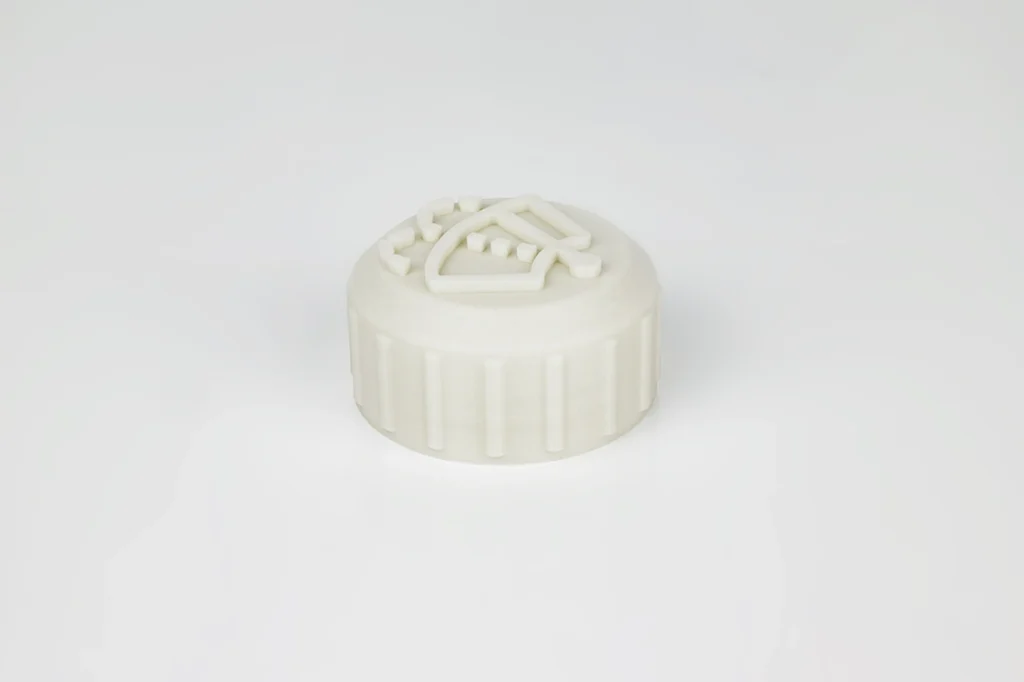One of the popular materials used in 3D printing is polypropylene (PP) filament. Polypropylene is widely used in industry and has many benefits, such as low weight, strength, flexibility and chemical resistance. Thanks to advances in 3D printing technology, polypropylene has found its place as a material for creating high-performance prototypes and even finished products.
Polypropylene filament for 3D printing offers a number of advantages in the context of 3D printing. Learn more about its properties:
– A lightweight material that significantly reduces the weight of printed objects, which is especially important for the automotive and aerospace sectors.
– Resistant to chemicals, which means that prints made from this material can be used in a variety of environments without fear of damage.
– Flexible, making it an ideal material for printing parts that require some resilience.
– Resistant to mechanical damage
– Non-toxic filament

Polypropylene filament for 3D printing has a wide range of applications, especially in fields such as mechanical engineering, automotive, medical and packaging. 3D printing with polypropylene makes it possible to create durable, flexible and lightweight objects with high mechanical strength. Details with complex geometries that are difficult to produce using traditional manufacturing methods can be printed.
Despite its many advantages, 3D printing with polypropylene presents some challenges. One of the main problems is the adhesion of polypropylene layers during the printing process. Polypropylene tends to slip and is less friendly to layer adhesion compared to other materials such as PLA or ABS. Therefore, it is important to use a heated table to about 40 degrees Celsius, the substrate should be lubricated with adhesive bonding, and the air supply should be selected according to the size of the model (the smaller the model, the larger the air supply, usually 0-50%), the chamber does not need to be heated for such a configuration. If you do not have adhesive glue and a heated table then you can use film or tape made of the same material, that is, polypropylene, on the work table. Also, controlling shrinkage when printing polypropylene can be difficult and requires optimization of 3D printer parameters.
Polypropylene filament for 3D printing is a material that opens up new possibilities in 3D printing. Its advantages, such as low weight, strength, flexibility and chemical resistance, make it an attractive choice for many industrial sectors. 3D printing with polypropylene enables rapid prototyping, production of consumer products, industrial tools and components, as well as use in medical apparatus. Despite some challenges, polypropylene certainly has great potential and is contributing to a revolution in manufacturing and prototyping.